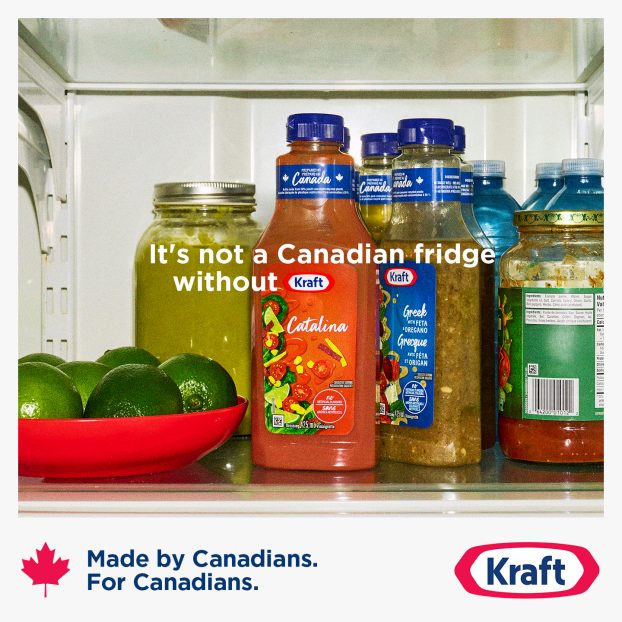When Hugh Dow joined MacLaren Advertising, there were no computers, no fax machines; there wasn’t even an electronic calculator.
Media staff labored on Friden and Munroe mechanical monsters. Some of the brighter staff used slide rules. There was no voice mail. Instead, there were people: receptionists, secretaries, and a brigade of support staff.
Television was a growing mass medium and a shared experience among viewers across Canada.
Shows such as Laugh-In, Gunsmoke and Bonanza were the most popular. Weekend magazine had only begun to feel challenged by its newly arrived competitor, Canadian. The 60-second commercial was the norm.
How things have changed.
MacLarenites working in Toronto in those days would repair to the Lord Simcoe or the Pretzel Bell for a liquid lunch, and meetings were best held in the mornings.
There were still many on staff who had worked with Jack MacLaren. George Sinclair was the president, and the agency billings were about $50 million.
MacLaren was No. 1; no doubt about it. Finally bigger than Cockfield Brown.
Hugh was hired from McKim by Stan McIntee (the account supervisor-turned-media director) to run the Media Data Centre.
The mdc was the media research facility for MacLaren, but also handled some projects for media suppliers.
Ken Purdye had run the unit, but was leaving to join the BBM Bureau of Measurement.
Shortly after Hugh’s arrival, Stan left the agency to be a partner at a company that was marketing a new agency computer housekeeping system, and I took over as media director.
Hugh and I enjoyed a great run for about five years before I moved on to manage the creative department and Hugh took over the whole media department.
The photographs accompanying this story are from the first demonstration Hugh arranged of our brand new audience data interrogation system.
Access was through a telex hook-up to a mainframe, which I think was located in New York.
We were able to do intricate audience analyses of u.s. magazine schedules for our client, the Canadian Government Office of Tourism.
This was big stuff. It was 1971, and we were pioneers in the as-yet-to-be-defined computer age.
Hugh has always been a media pioneer. Always made the effort to provide leadership and creativity to Canadian media research.
And, in those days, when Hugh wasn’t improving standards, he was either playing championship tennis or restoring one of his Jaguars.
I was never quite sure whether he actually slept.
Hugh is a generous and decent person who has earned his success through real and important contributions to our industry.
He has gained the respect of all those who have worked with him. He has made our industry better by insisting that it be more professional.
I admire him, and I like him.























